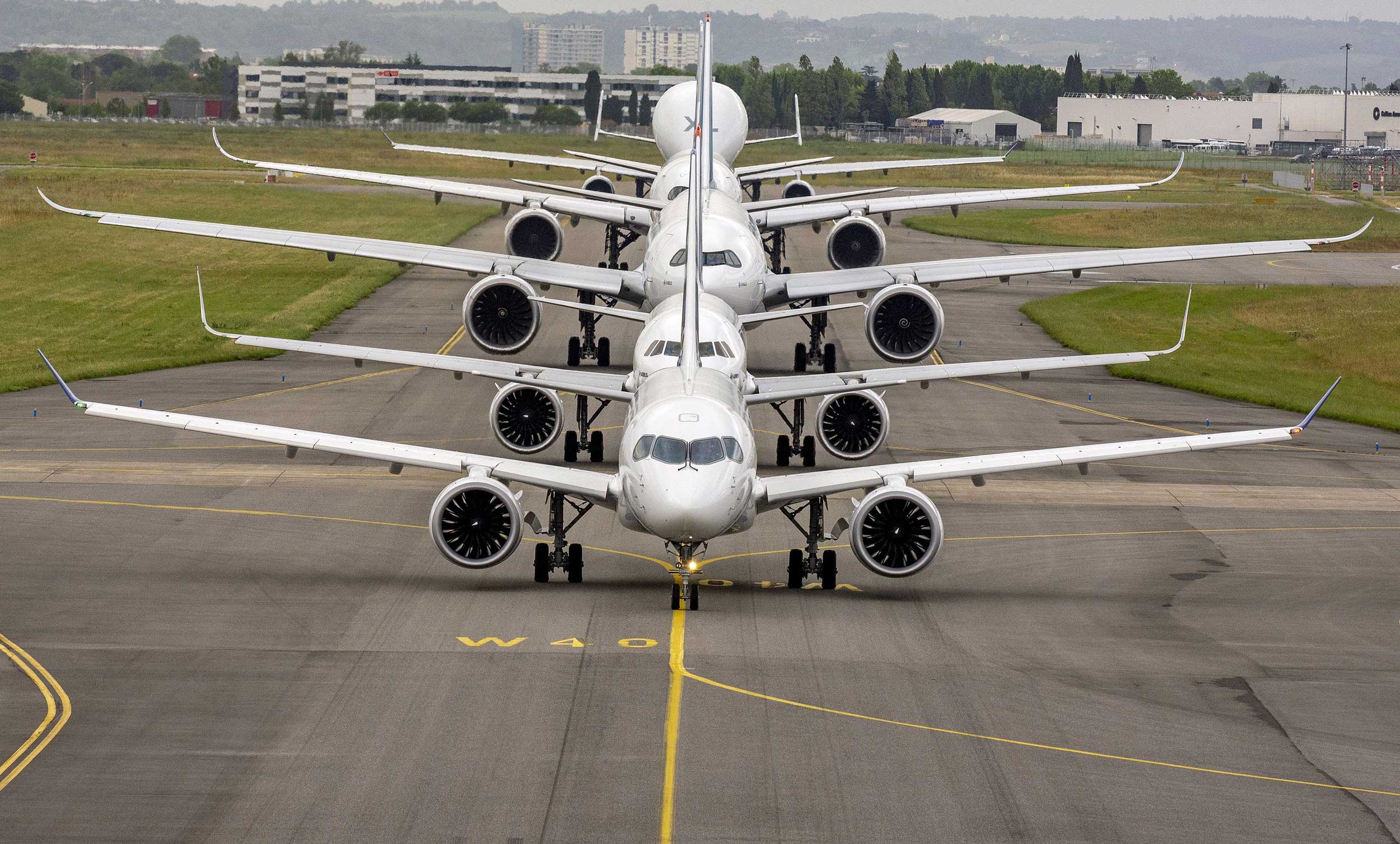 The introduction of the Multi-Crew Pilot Licence (MPL) in 2006 challenged the training philosophies of the traditional Air Transport Pilot Licence (ATPL) and was received with mixed emotions.
The introduction of the Multi-Crew Pilot Licence (MPL) in 2006 challenged the training philosophies of the traditional Air Transport Pilot Licence (ATPL) and was received with mixed emotions.
The first airlines and approved training organisations (ATOs) adopted it in 2008 with apparent success. Flybe was the first UK carrier to adopt MPL in 2009 and easyJet introduced it alongside ATPL recruitment in 2011. Qatar Airways and Virgin Atlantic began recruiting new entrants exclusively via the MPL route in 2012 and 2014 respectively. Virgin became the first airline to launch an MPL specific to wide-body aircraft (A330).
Today, more airlines than ever are turning to the MPL for cadets. Course places have been increasing and last year British Airways re-launched its iconic Future Pilot Programme as a mixed MPL and ATPL course. Last month, easyJet announced it would train 1,000 MPL pilots with CAE.
Both are legitimate routes to the flight deck, so which should you choose?
Job prospects
This is undoubtedly the most important consideration when selecting a route of training. Having an ATPL (also known as a ‘frozen ATPL’ when you first qualify) renders you a ‘free agent’. You can pick where you’d like to apply and job prospects can be good when the market is buoyant. However, employability also depends on your training record, ATO support and its links to airlines.
MPL courses are only ever airline specific; you’ll have a conditional offer of employment from the start of training. However, you will be restricted to working for this airline until you are able to apply for a full ATPL, once you have reached 1,500 flying hours, unless other recruiting airlines make an exception for you.
Flexibility
ATPL is available as an ‘Integrated Route’ – a full-time ‘on campus’ course – or a flexible ‘Modular’ route, completing each part of training over a longer period of time – maybe at different ATOs. The MPL however must be taken as an integrated, full-time course, you won’t have time to work alongside it, for example. If you need flexibility, it must be ATPL modular.
Competition
ATPL courses rarely have restrictions on places available. MPL courses however have a set number of places for each intake and – with a guaranteed job on offer on the table – it gets highly competitive. Virgin Atlantic’s MPL Future Flyers Programme opened in 2014 with 8,000 applications for just 12 places.
Price
ATPL courses – both integrated and modular – cost less than an MPL upfront, but this doesn’t include type rating which can be up to £30,000 more. As the MPL includes type-specific training, which qualifies you to fly large commercial aircraft in the same way as a type-rating, it can be considered more cost efficient even if the sum looks greater on paper.
There is no right answer to which licence or course is better. It is important to consider how the key differences and the offering from the ATO.
- Written with help from flight logging company Aileron.
